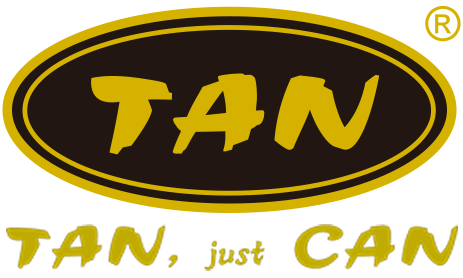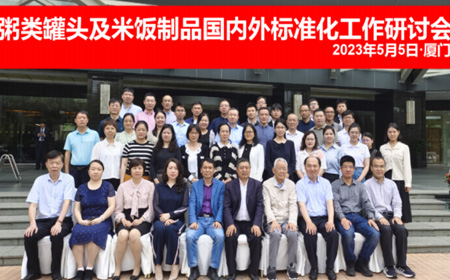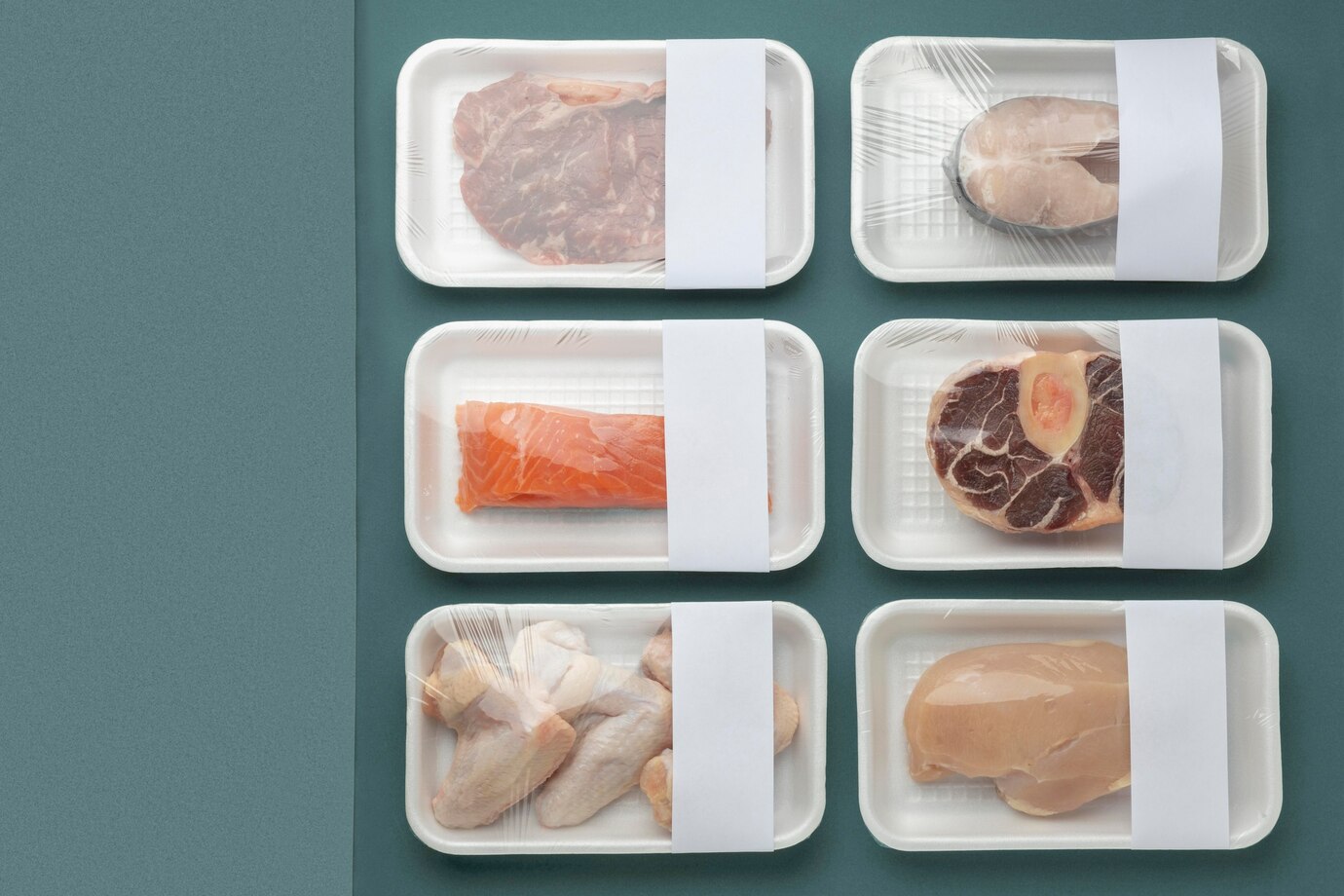Over the years, global meat production has witnessed a rapid increase. In 2024, the revenue of the global meat industry amounts to US$1,472 billion and is projected to grow annually by 6.24% (CAGR 2024-2028). Despite rising prices, consumers have not stopped consuming meat. Instead, they have adjusted by changing the type, cut, and brand of meat to save money.
Today, purchase decisions are driven by value in terms of price, convenience, and other crucial attributes. The increasing consumption of packaged food and beverages that use processes like salting and smoking for flavor has made significant progress. New trends in the meat sector, such as flavor fusion, organic shift, digital strategy, automation, and market dynamics, are set to transform meat and dairy production to meet the changing lifestyle and consumer preferences.
The Future of Meat Consumption
The demand for meat is on the rise. Statistics from the Food and Agriculture Organization of the United Nations show that global meat production has increased fivefold since the 1960s. Even during the pandemic with many disruptions in the food supply chain, meat consumption did not decline. More people are consuming meat than ever before, driven by population growth and demographic changes that have led to increased market demand.
However, the meat sector is evolving towards sustainability, ethical practices, and alternative protein production methods to meet future demands. With increased disposable income and technological innovations in the Asian food and beverage industry, food consumption patterns and market dynamics have shifted.
Top Trends in the Meat Sector
Ready-to-Eat Meats: A Sizzling Trend in the Meat Industry
Globally, half of the world's population relies on meat for daily protein needs. As a result, ready-to-eat meats are becoming increasingly popular. With a variety of ready-to-eat flavored meat products available in the market, the volume is expected to reach 98.8 billion by 2028. The ready-to-eat meals market is expected to show a volume growth of 5.0% in 2024. Factors driving the increase in demand for ready-to-cook food premixes or ready-to-eat meats include fast-paced lifestyles leading to less cooking time, growing acceptance by millennials, innovative and flavored ready-to-eat premixes, increasing urbanization, and rising demand for convenience foods. Fast-paced lifestyles and the broader shift in consumer preferences towards convenience foods across generations have fueled the demand for ready-to-eat meat products, making them a staple in today's fast-paced and convenience-driven food landscape.
Nutrition-Packed Foods: A Growing Priority for Consumers
Half of consumers consider healthy eating a top priority, while the other half value convenience food. To meet this demand, meat producers need to innovate. Even before the pandemic, consumers were experimenting with conscious eating, and COVID-19 accelerated this trend, prompting consumers to look for nutrition-packed foods. The growing priorities for consumers today include less time-consuming yet nutritional food, transparency in meat production and ingredients, sustainable and environmentally friendly products, the rise of plant-based meat product demand, increased demand for healthier and high-quality frozen meat, and consumption of ethically sourced meat. To ensure consumers consume nutrition-packed foods, food manufacturers must comply with food safety regulations and provide a nutrition claim to convey the product's nutritional properties.
Flavor Infusion: Consumer-Driven Demand for Tastier Meat Selections
A change in consumer demographics has led to an increased demand for flavorful and tastier meat selections. While consumers prefer convenience foods over complex meat preparations, they seek varieties such as salami, ham, sausages, bacon, etc. The use of herbs, marinades, seasonings, and spices for taste is common in cross-country food cultures. Meat production now includes methods like glazing and braising, fueling market growth in meat preservation and demand for product innovation.
The Organic Shift: Consumer Consciousness in Processed Meat
According to a survey by McKinsey, 70% of respondents across markets (United States, United Kingdom, France, and Germany) want to be healthier. While food is essential for them, 50 percent of respondents across age groups indicated healthy eating is their top priority. The demand for sustainable meat growth has increased with growing consumer awareness about conventionally reared poultry and cattle. Consumers are shifting towards healthy, antibiotic-free, and chemical residue-free foods and looking for alternatives to processed meat. Meat producers are also adopting organic animal husbandry practices, following best practices for food product authenticity, acquiring certifications, and looking to replace synthetic curing agents with celery powder for meat preservation due to health concerns.
Frozen Meat’s Market Lead with Ease of Transportation
Despite the success of fresh meat, frozen meat alternatives are gaining popularity among consumers. Consumers are turning to frozen meat to balance hectic work schedules and meet their nutritional protein intake. There are five reasons why frozen meat products will continue to trend up among consumers: time-saving meal solutions, ease of cooking, a variety of options available, preservation of nutritional value, and fitting the growing demand for personalized nutrition. Meat producers also benefit from frozen meat through ease of storage and transportation, longer shelf life and lower risk of microbial contamination, being widely used by food chains for convenience, the growing consumption of products like salami, sausages, and nuggets (especially in America), and the rising international trade in frozen meat products. Additionally, investing in technology and cold chain infrastructure for storage is beneficial. Canned meat has also gained traction among consumers. The global canned meat market was valued at USD 29.84 billion in 2022 and is projected to grow to USD 42.61 billion by 2030, exhibiting a CAGR of 4.59% during the forecast period. However, the canned meat market grows moderately but is perceived as less nutritious. Meat producers are making efforts to develop new techniques to overcome quality issues as chilled meat is susceptible to discoloration and contamination in the presence of air.
The Poultry Sector Leads with Growing Demand for Packaged Chicken
Poultry production is one of the most dynamic and well-organized sectors globally. The consumption of poultry packaged products has increased and displaced a significant amount of red meat consumption. The global chicken market is expected to reach US$429.11 Billion by 2028. In 2020, China produced approximately 15 million metric tons of chicken meat, the highest in Asia-Pacific. Eleven countries in the region produced over one million metric tons that year. Poultry meat will account for nearly 50% of all meat consumption in Asia by 2031. Factors driving the growing demand in the poultry sector include population growth, urbanization leading to people moving into cities, buying power for consumer protein, high potential for growth in poultry consumption, consumers shifting towards organic poultry, appealing to bodybuilders and health-conscious consumers, competitive pricing and nutritional value, and millennials embracing poultry for daily protein needs and its use in convenience foods like burgers and sandwiches.
Carcinogenicity and Market Dynamics in Processed Meat
Carcinogenicity and market dynamics are closely related in the processed meat industry. Processed meat undergoes processes like salting, curing, fermentation, smoking, or others to enhance flavor or improve preservation. The World Health Organization's cancer research arm has determined that linking processed meat consumption to cancer has raised health concerns and impacted consumer choices. While red meat has nutritional value, governments and international regulatory agencies are conducting risk assessments and providing dietary recommendations to balance the risks and benefits of eating red meat. As a result, market dynamics have shifted, with growing demand for healthier alternatives and increased scrutiny of processed meat products.
Automation in Process Using Artificial Intelligence
Artificial Intelligence (AI) is set to be a major game changer in the meat sector. Benefits of automating processes using AI include improved meat quality control, enhanced supply chain management, predictive maintenance for equipment, personalized product recommendations, efficient demand forecasting, reduced labor costs and waste, help in ingredient inspection, and data-driven decision-making and insights. Meat producers are likely to embrace AI to upgrade food technology for sustainability and production, including automated precision farming techniques, real-time health monitoring of livestock, advanced data analytics for optimizing feed and resources, and even the development of lab-grown meat alternative products using AI-driven research and production processes.
Trends in the Meat Sector – FAQs
What are the trends in the meat industry? Top trends include plant-based meat alternatives, sustainability, organic shift, traceability and transparency, ethical sourcing, technology integrations, health and wellness trends, flavored and specialty meat products, e-commerce and digitalization, convenience and ready-to-eat products, and globalization and international expansion.
What is the current trend in meat consumption? Current trends are plant-based and alternative meat consumption, increased demand for organic and sustainable meat, growing interest in exotic and specialty meats, greater focus on health-conscious meat choices, and expanding global meat trade and consumption.
What is the new technology in the meat industry? New technologies include artificial intelligence (AI) and machine learning, blockchain for supply chain traceability, automation and robotics, high-pressure processing (HPP) technology, and 3D printing for meat production.
Conclusion
The trends in the meat sector indicate a significant increase in worldwide meat production and consumption. Investing in innovation and technology is crucial to stay competitive and improve efficiency. As concerns about the transparency, traceability, and sustainability of meat production grow, meat producers must embrace practices and technologies to reduce waste, minimize energy consumption, and source ethically. As the meat industry continues to evolve globally, opportunities will increase, and meat producers must be well-prepared to navigate the complex and constantly changing landscape.




采访刊发中国罐头⾏业-01.jpg)


